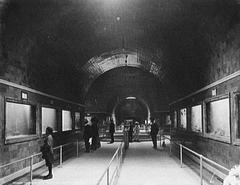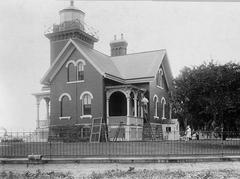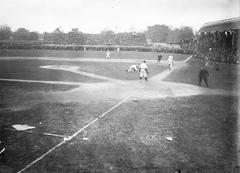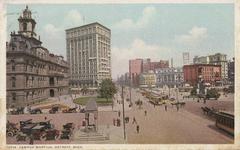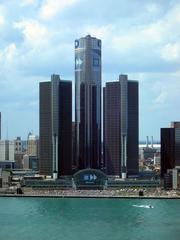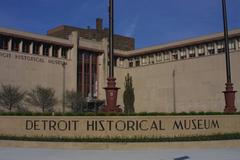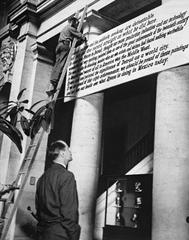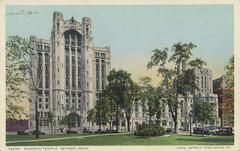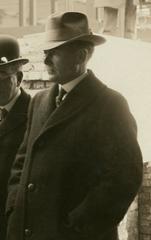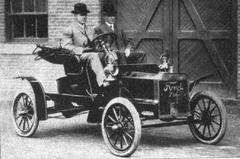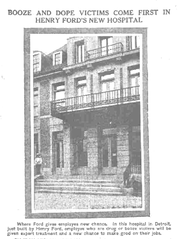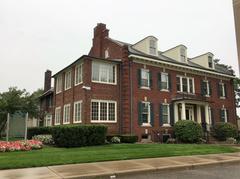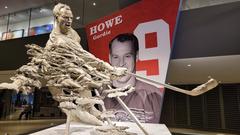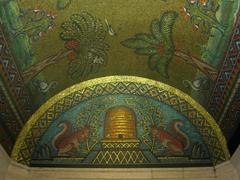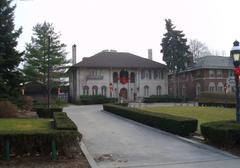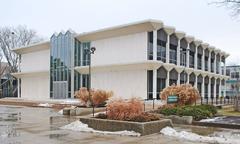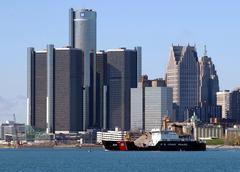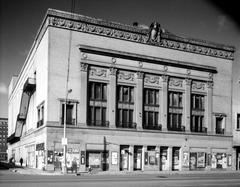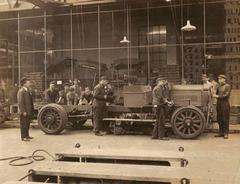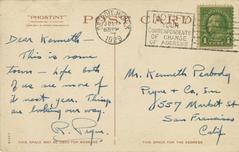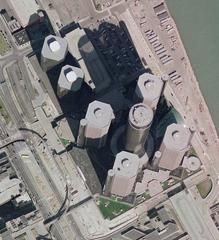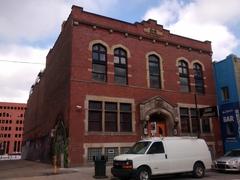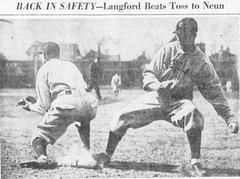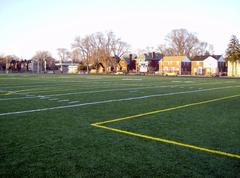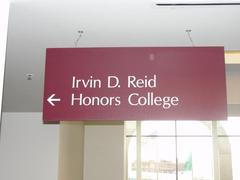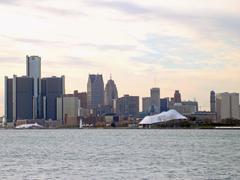
Harper University Hospital Detroit: Visiting Hours, History, and Visitor Information
Date: 04/07/2025
Introduction
Harper University Hospital, situated in Midtown Detroit, Michigan, stands as one of the city’s most enduring and influential medical institutions. Founded in 1863 through the philanthropy of Walter Harper, the hospital began as a response to the healthcare needs of Civil War soldiers and Detroit’s growing population. Over more than 160 years, Harper has evolved into a leader in medical education, research, and community healthcare, closely affiliated with Wayne State University School of Medicine. Its legacy and contributions reach well beyond patient care, encompassing medical innovation, public health, and Detroit’s rich cultural history (Detroit Historical Society, Wayne State University).
This guide delivers a comprehensive overview of Harper University Hospital, including its history, visitor information, accessibility, community impact, and tips for those wishing to explore this Detroit landmark and its surrounding attractions.
Table of Contents
- Historical Overview
- Visitor Information
- Harper’s Historical and Community Impact
- Frequently Asked Questions (FAQs)
- Final Tips and Summary
- References and Official Links
Historical Overview
Founding and Early Years (1863–1900)
Harper University Hospital originated from a bequest by Walter Harper and opened its doors in 1866, initially serving as a military hospital for Civil War soldiers (Detroit Historical Society). Its mission of providing care to all, regardless of financial means, set a progressive standard for public health in Detroit. By the late 19th century, Harper had expanded to serve the city’s rapidly growing industrial workforce, establishing itself as a cornerstone in Detroit’s medical landscape.
Growth, Innovation, and Academic Affiliation (1900–1950)
The hospital’s 1917 affiliation with the Detroit College of Medicine (now Wayne State University School of Medicine) marked Harper as one of the nation’s first teaching hospitals, integrating patient care, research, and education (Wayne State University). Harper adopted modern surgical and aseptic techniques early, and by the 1930s, had added departments such as radiology and pathology. Its commitment to training medical and nursing professionals was further cemented by the establishment of the Farrand Training School for Nurses in 1883 (Reuther Library PDF).
Transformation and DMC Integration (1950–2000)
In 1956, Harper moved to its current site on the Detroit Medical Center (DMC) campus, rebranding as Harper University Hospital to reflect its academic mission (Detroit Medical Center). The hospital became regionally renowned for advances in cardiology, nephrology, neurology, and organ transplantation. Notably, Dr. Donald Kahn performed Michigan’s first successful kidney transplant here in 1968 (National Kidney Foundation of Michigan). Integration into the DMC network in the 1980s strengthened collaboration with other leading hospitals.
Notable Events and Figures
- Dr. Donald Kahn: Led Michigan’s first successful kidney transplant at Harper in 1968.
- Dr. Jack Kevorkian: Trained at Harper in the 1950s (Detroit Free Press).
- Medical Milestones: Early adopter of open-heart surgery and cardiac catheterization.
- Community Outreach: Pioneered programs in preventive care, diabetes management, and HIV/AIDS education.
Recent Developments (2000–2025)
Today, Harper University Hospital remains a flagship DMC institution, offering comprehensive care in multiple specialties and emphasizing health equity (DMC Harper University Hospital). Modernization efforts have brought minimally invasive surgery, electronic health records, and a robust response to public health emergencies such as COVID-19 (Detroit Medical Center COVID-19 Response). Research and innovation continue through close ties to Wayne State University.
Visitor Information
Visiting Hours and Guidelines
- General Visiting Hours: 9:00 AM to 9:00 PM daily
- Critical Care Units: Hours vary; please contact the specific department
- Admission & Tours: Admission to public areas is free. Guided tours are limited to medical students or arranged groups; general public tours are not routinely available.
Visitor Guidelines:
- All visitors must check in at the main lobby.
- Masks and social distancing may be required, especially during public health emergencies (CBS News Detroit).
- Photography is permitted in public/historical areas only with staff guidance; patient privacy must be respected.
Accessibility and Facilities
- Harper University Hospital is fully accessible with wheelchair ramps, elevators, and accessible restrooms.
- On-site parking is available with validated options for patients and visitors.
Getting There and Parking
- Address: 3990 John R St, Detroit, MI 48201
- Transportation: Served by Detroit’s QLine streetcar and local bus routes; rideshare services available.
- Nearby Public Transit Stops: Short walk from QLine and bus stations.
- Parking: On-campus parking garages and lots are available.
Nearby Attractions
Harper’s Midtown location places it near several of Detroit’s premier cultural destinations:
- Detroit Institute of Arts
- Charles H. Wright Museum of African American History
- Detroit Historical Museum
These institutions are within walking distance and complement a visit to Harper University Hospital with rich explorations of Detroit’s arts, history, and culture.
Harper’s Historical and Community Impact
Pioneering Medical and Nursing Education
Harper was among the first hospitals to formally affiliate with a medical school, setting a precedent for integrated clinical and academic training (Wayne State University). Its nursing school, founded in 1883, became a model for professional nursing education (Reuther Library PDF).
Innovation and Research
The hospital has been at the forefront of medical advances, including Michigan’s first successful kidney transplant and the pioneering use of open-heart surgery techniques. Its partnership with Wayne State University supports ongoing research and clinical trials.
Community Service and Equity
Harper actively addresses health disparities, providing care to underserved populations and initiating public health programs on topics such as diabetes, HIV/AIDS, and preventive care (Lown Hospitals Index). Efforts to promote health equity and financial accessibility remain central to its mission.
Regional Recognition and Economic Impact
As a major employer and vital part of the DMC, Harper supports Detroit’s economy and workforce development (HealthcareComps). Its historical archives, including photographs and documents, are accessible for research and public interest (Reuther Library PDF).
Frequently Asked Questions (FAQs)
Q: What are Harper University Hospital’s visiting hours?
A: Typically 9:00 AM to 9:00 PM; check with specific departments for variations.
Q: Can I take a public tour of the hospital?
A: Public tours are not routinely offered. Educational tours for medical groups may be arranged by appointment.
Q: Is the hospital wheelchair accessible?
A: Yes, Harper is fully accessible.
Q: Is there an admission fee?
A: No fee for public areas; guided tours may require advance registration.
Q: What nearby attractions can I visit?
A: The Detroit Institute of Arts, Charles H. Wright Museum, and Detroit Historical Museum are all nearby.
Q: How can I learn more about Harper’s history?
A: Explore the hospital’s archives (Reuther Library PDF) or join local history tours such as the Detroit Medical Center History Tour.
Final Tips and Summary
Harper University Hospital is not a conventional tourist destination, but its heritage and ongoing contributions make it a must-see for those interested in Detroit’s medical, social, and architectural history. While access to clinical areas is restricted, the hospital’s story is celebrated through local tours, educational programs, and its proximity to Midtown’s vibrant cultural district.
Tips for Your Visit:
- Confirm visiting hours and guidelines before arrival, especially during public health advisories.
- Explore nearby museums and cultural sites for a deeper appreciation of Detroit’s history.
- Download the Audiala app for up-to-date visitor information, guided tours, and event notifications.
- Follow Harper, DMC, and Wayne State University on social media for special events and news.
Harper University Hospital continues to embody Detroit’s resilience, commitment to health equity, and drive for medical innovation—a living landmark of the city’s past, present, and future.
References and Official Links
- Detroit Historical Society
- Wayne State University School of Medicine
- DMC Harper University Hospital
- National Kidney Foundation of Michigan
- Detroit Free Press
- Detroit Medical Center COVID-19 Response
- HealthcareComps
- Lown Hospitals Index
- CBS News Detroit
- Reuther Library PDF
- Detroit Medical Center History Tour
- Detroit Institute of Arts
- Charles H. Wright Museum
- Detroit Historical Museum














